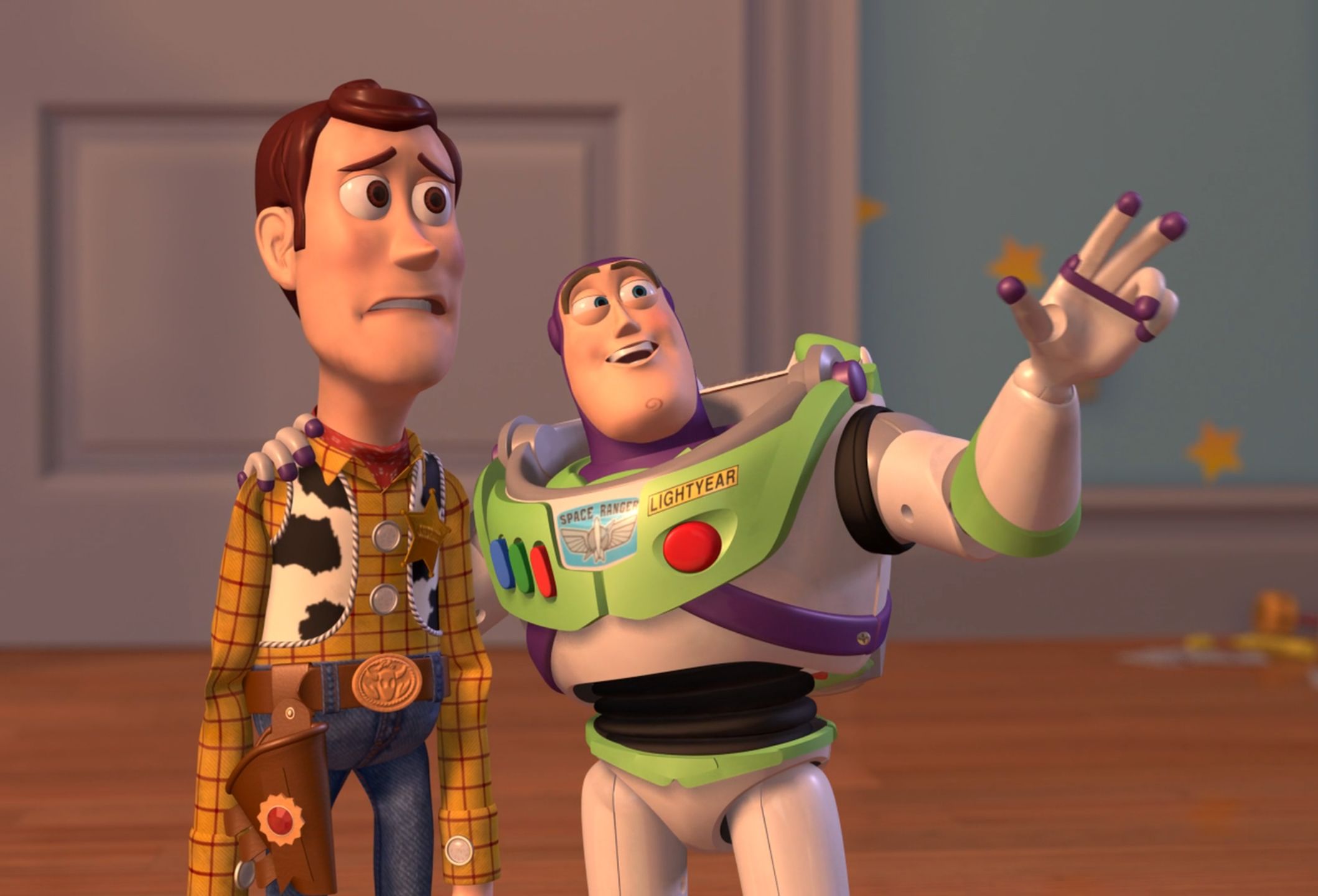Common Meme Creation Mistakes and Solutions

Memes are a fantastic way to boost engagement, with stats showing they generate 30% engagement rates - far higher than traditional ads. But creating effective memes can be tricky. Here's what you need to know to avoid common mistakes:
- Timing Matters: Post memes during peak hours for platforms like Instagram (7–9 AM, 11 PM–2 PM) or TikTok (10 AM–12 PM). Outdated references or bad timing can hurt engagement.
- Know Your Audience: Tailor memes to your viewers. For example, Gen Z loves fast-paced, ironic memes on TikTok, while Millennials prefer pop culture memes on Instagram.
- Keep It Simple: Overly complex memes with long captions or busy visuals confuse audiences. Stick to one idea with clear, concise text.
- Use High-Quality Images: Blurry visuals look unprofessional. Tools like Canva or Media.io can help create sharp, shareable memes.
Quick Comparison of Meme Mistakes
| Mistake | Impact | Solution |
|---|---|---|
| Bad Timing | Low engagement | Post during peak hours; track trends with tools like Me.me Trends. |
| Not Knowing Audience | Irrelevant or offensive memes | Research preferences using tools like Sprout Social or Brandwatch. |
| Overly Complex Memes | Low engagement, confusion | Use simple templates and short captions focused on one idea. |
| Poor Image Quality | Unprofessional appearance | Use high-resolution images and tools like Canva or VideoProc Converter. |
Related video from YouTube
Mistake 1: Bad Timing and Old References
Posting memes at the wrong time or using outdated references can hurt engagement. Research shows that 75% of people aged 13–36 share memes, making timing critical for success [5]. Poor timing includes posting outside of active hours or referencing cultural moments that are no longer relevant.
When to Post Memes
Timing your posts to match platform activity is crucial. Based on data from Sprout Social's analysis of over 34,000 accounts [1], here are the best times to post memes:
| Platform | Prime Time (EST) | Best Days |
|---|---|---|
| 7 AM – 9 AM, 11 PM – 2 PM | Mid-week | |
| Twitter (X) | 9 AM – 11 AM, 1 PM | Wednesday, Thursday |
| TikTok | 10 AM – 12 PM | Tuesday, Thursday |
| 7 AM – 9 AM, 1 PM – 3 PM | Wednesday, Thursday |
These time slots align with peak audience activity [2]. Posting during these windows boosts visibility and interaction. To stay relevant, keep an eye on audience behavior and adjust your schedule as needed.
How to Track Meme Trends
Staying on top of current meme trends is essential. Tools like Me.me Trends can help track meme lifecycles and usage patterns [3], allowing you to avoid outdated content. When analyzing trends, consider:
- Platform-specific trends: What’s trending on Instagram might differ from TikTok.
- Audience sentiment: How are people reacting to the meme?
- Cultural context: Does the meme align with current events or popular culture?
"Memes, by nature, are quite ephemeral; what's funny or engaging today can swiftly become outdated or irrelevant tomorrow." – HiSEVEN [4]
Social media monitoring tools can also help you spot emerging trends before they peak, ensuring your content stays fresh and resonates with your audience [4]. Since 74% of people share memes for humor [5], creating timely and relevant memes is critical for keeping your audience engaged.
Mistake 2: Not Knowing Your Viewers
After timing, understanding your audience is the next major factor in creating effective memes. If you don't know your audience, you risk low engagement or even backlash. Research shows that 91% of consumers are more likely to interact with brands offering relevant, personalized content [8].
Research Your Audience
To truly understand your viewers, you need to dig into research and analysis. Various tools and platforms can provide insights into audience behavior. Here's a quick breakdown of how different age groups engage with memes:
| Age Group | Platform Preference | Meme Style | Content Type |
|---|---|---|---|
| Gen Z (13-24) | TikTok, Instagram | Fast-paced, ironic | Video memes, reaction GIFs |
| Millennials (25-40) | Instagram, Twitter | Pop culture, nostalgia | Image macros, screenshots |
| Gen X (41-56) | Traditional formats | Classic meme templates |
Platforms like Brandwatch and Sprout Social can help you track critical trends, such as:
- Peak times for audience engagement
- Preferred content types
- Trending topics in your niche
- Sentiment toward specific meme styles
Using this data, you can create content that feels personal and relevant to your audience.
Match Content to Different Groups
Once you understand your audience, it's time to craft memes tailored to their preferences. Segmented campaigns have been shown to increase revenue by up to 760% [8]. Here's how to approach this:
-
Demographic Alignment
Your memes should reflect the cultural references and experiences of your target age group. For example, Wendy's #NuggsForCarter campaign worked because it tapped into Twitter's younger audience and their love for viral challenges [6].
-
Platform-Specific Adaptation
Each platform has its own vibe, and what works on one might flop on another. Keep these factors in mind:
- Platform-specific content rules
- Features unique to the platform
- Typical user behavior patterns
-
Cultural Context
Memes that resonate with one group might confuse - or worse, offend - another [7]. Stay aware of cultural sensitivities, use appropriate language, and ensure your memes align with your brand's values while steering clear of controversy.
Finally, use analytics to refine your strategy as you go. Keep testing and tweaking to ensure your memes hit the mark.
sbb-itb-5da5b89
Mistake 3: Making Memes Too Complex
Timing and knowing your audience are crucial for memes, but keeping the design simple is just as important. Overly complicated memes tend to lose engagement and are less likely to go viral. Studies show that people consistently prefer straightforward content across platforms [9].
Keep Captions Short and Clear
For memes to work, captions need to be clear and to the point. Here's why:
- Attention spans are short - your meme has just seconds to grab someone’s interest [9].
- Clear, concise captions make it easier for your audience to engage and understand [10].
A great example comes from Washington Township High School, where math teacher Bernadette Bogacki used math memes that gained thousands of views. She explained:
"It helped to make the concepts more accessible in their minds - less stressful in a way. They really enjoyed collaborating with each other, sharing ideas and laughing in the process" [11].
This shows how simplicity can make content more relatable and enjoyable.
Simple vs. Complex Memes
Let’s break down the difference between simple and overly complex memes:
| Element | Simple Meme | Complex Meme |
|---|---|---|
| Caption Length | 1–2 lines | Multiple paragraphs |
| Image Choice | Single, clear template | Multiple images or busy visuals |
| Message | One clear idea | Several competing ideas |
| Context Required | Minimal background info | Lots of explanation needed |
| Sharing Potential | High | Limited |
Tips for Creating Better Memes
-
Focus on One Idea
Stick to a single, clear message. Goriunova notes, "A meme does not come into being unless people contribute by altering it, responding to it, and enacting it" [10]. -
Use Simple Templates
Choose templates that are easy to understand at a glance. Websites like Generate-meme.com offer categorized templates based on emotions and contexts. -
Test for Quick Understanding
If someone can’t "get" your meme in a few seconds, it’s probably too complicated.
The best memes balance humor, simplicity, and broad appeal [10]. By sticking to these basics, your content is more likely to connect with people and go viral.
Mistake 4: Poor Image Quality
Image quality plays a key role in creating memes that grab attention. Blurry or pixelated images can make your content look unprofessional and less likely to be shared. Studies have shown that sharp, high-quality visuals boost engagement on social media platforms.
Where to Find Good Images
Each social platform has specific image requirements, so it's important to stay updated. For example, square or vertical formats work best for Facebook and Instagram feeds [15].
Here are some quick tips for sourcing quality images:
- Take screenshots at their native resolution.
- Use the highest resolution available for source images.
- Pause animations before capturing screenshots.
- Keep aspect ratios consistent when resizing images.
Once you've secured high-quality visuals, you can use professional tools to create polished memes.
Best Meme Creation Tools
If you're looking for tools to help you make standout memes, here are some great options:
- Canva: Offers a wide range of templates and a rich stock image library.
- Media.io Meme Generator: Introduced in December 2024, this tool features drag-and-drop functionality, over 10 premium templates, and no watermarks [14].
- Generate-meme.com: Uses AI to optimize meme formats for different platforms. Features include instant template matching, multi-platform optimization, high-resolution exports, and templates categorized by emotion [13].
Advanced Solutions
Struggling with low-quality images? VideoProc Converter AI has a Super Resolution Upscaling feature that enhances low-resolution screenshots and can even upscale them to 4K resolution [12]. This can be a lifesaver for improving image clarity.
Conclusion
Key Takeaways
Here are the most important lessons from the analysis above. Creating effective memes comes down to nailing a few core elements:
- Timing and Relevance: Stay on top of new trends and act quickly to stay ahead [16].
- Knowing Your Audience: Make sure your content speaks directly to your industry and niche. This helps cut through the noise [17].
- Simplicity and Clarity: Keep your memes easy to understand. Use clear visuals and short text. Focus on shared emotions or experiences to make sure your message hits home instantly [16].
Use these points to sharpen your meme strategy.
What to Do Next
Want to step up your meme game? Here’s how:
- Use the Right Tools: Try Generate-meme.com’s free plan to access basic templates and tools. Their categorized templates (based on emotions and contexts) make it easier to match your message with the right design.
- Track Your Success: Dive into social analytics to measure engagement - likes, shares, comments - and look at audience sentiment, the best times to post, and how long your content stays relevant.










